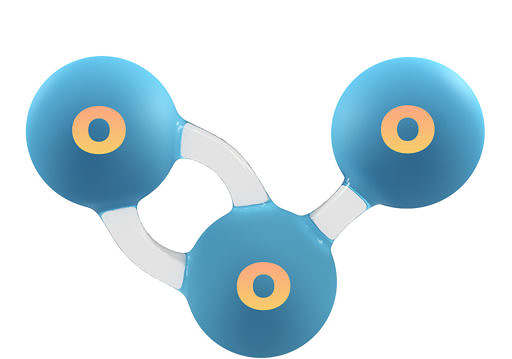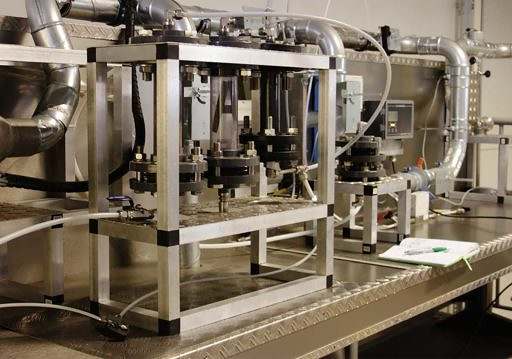Request a qoute.

Air composition analysis and odor characterization
Conducting in-depth scientific analysis of air composition and odor characteristics.
Tackling air-related issues, especially odors, can be a highly complex task. One of the major hurdles lies in the uncertainties surrounding the composition of the air that requires purification. To overcome this challenge, Mellifiq provides comprehensive air analyses, enabling a deeper understanding of the air conditions and facilitating the development of customized and efficient treatment solutions.

Odor analysis
Measuring odor values presents a unique challenge as there is currently no electronic instrument available that can provide precise measurements. The perception of “odor” is the result of a complex mixture of various compounds. When this mixture interacts with the receptors in the human nose, each component elicits a different response. Some compounds can be detected at extremely low concentrations, measured in parts-per-billion (ppb), while others may be entirely odorless.
Due to the intricacies involved in odor analysis, it requires specialized techniques and methodologies to accurately assess and characterize odorous compounds. Our team at Mellifiq is experienced in dealing with such complexities and employs advanced methodologies to analyze and quantify odors. By considering the unique interactions between odor-causing compounds and human receptors, we strive to provide comprehensive odor analysis solutions. Our aim is to assist in identifying, understanding, and mitigating odorous substances to ensure optimal air quality and comfort.
Furthermore, when conducting odor measurements, it is crucial to consider the hedonic tone, which refers to the perceived pleasantness or unpleasantness of a specific odor relative to others. The hedonic tone can have an impact on odor measurements as it influences how odors are perceived. While an intense but pleasant odor might be tolerable, even a small but unpleasant odor source may require treatment.
The complexity of odor measurement extends beyond these factors. Additional advanced features to consider include “masking effects” and “fatigue of the nose.” Masking effects occur when one odor suppresses or masks the perception of another odor, affecting the overall odor measurement. Nose fatigue refers to the temporary desensitization of the olfactory receptors after prolonged exposure to an odor.

Odor reducing technologies
To ensure accurate odor measurements, we have developed two alternative approaches. The first alternative is a computational tool that takes into account the concentration of odor-causing compounds and their odor activity, allowing for the prediction of odor values for the entire air mixture. This tool enables us to achieve a high level of accuracy in odor values and facilitates meaningful comparisons between different scenarios, such as cases with and without ozone treatment.
The second alternative is a real odor measurement method, certified in accordance with the EN 13725:2003 standard for odor analysis. Recognizing that no instrument can fully replace the human nose’s sensitivity to odors, this analysis is conducted by a panel of evaluators who assess the sample at various dilutions. The evaluators determine if a particular dilution still contains an odor, which determines the odor value of the sample. This evaluation process is carried out in collaboration with our trusted independent partners.
Through these approaches, we strive to provide comprehensive and accurate odor measurement solutions, taking into account the complexity of odor perception and the need for reliable assessments in various contexts.

Report writing and design solutions
Following the completion of the air and odor analysis, we provide our clients with a comprehensive professional report that includes relevant conclusions regarding the air pollution. This report serves as a detailed analysis of the findings and recommendations based on the results obtained.
In addition to the analytical report, we also offer an air treatment solution tailored to address the specific requirements of each case. Our team will design a customized solution, taking into account the results of the analysis, as well as the unique needs and preferences of the client.
The proposed solution will be presented in the form of a design, accompanied by a description of the individual units involved. This design will outline the recommended approach for effectively treating the identified air pollutants and mitigating the odor issues. By leveraging the insights gained from the analysis, we ensure that the solution is specifically tailored to meet the unique challenges and objectives of the client.
Our goal is to deliver a comprehensive package that includes both the analytical report and a well-designed air treatment solution. This approach allows our clients to gain a deeper understanding of the air pollution situation and empowers them to make informed decisions for achieving optimal air quality in their specific environment.

